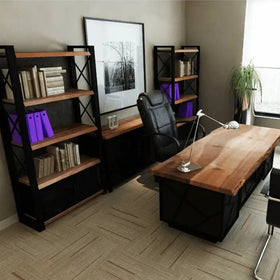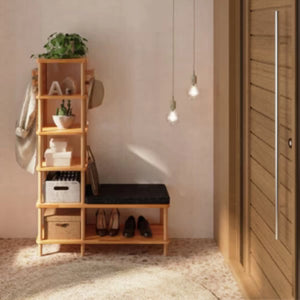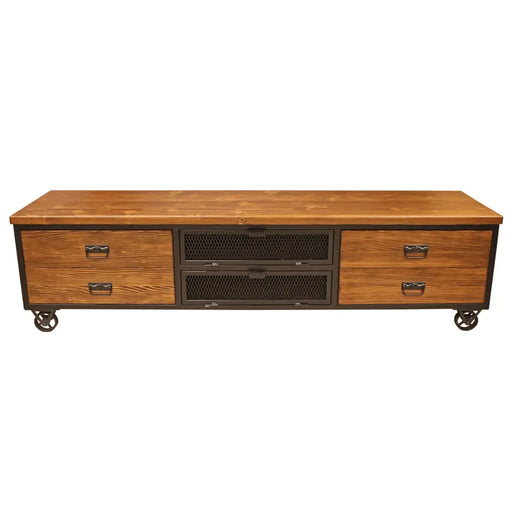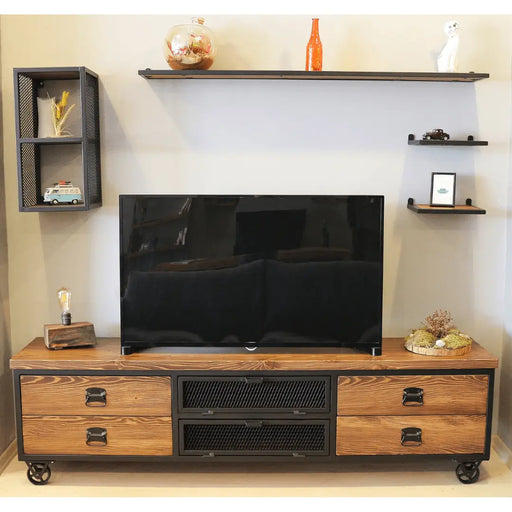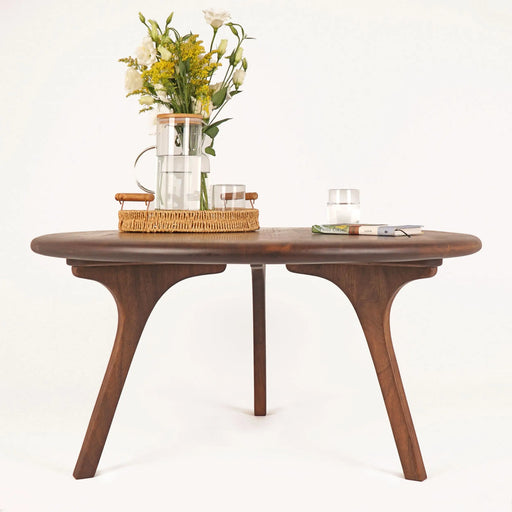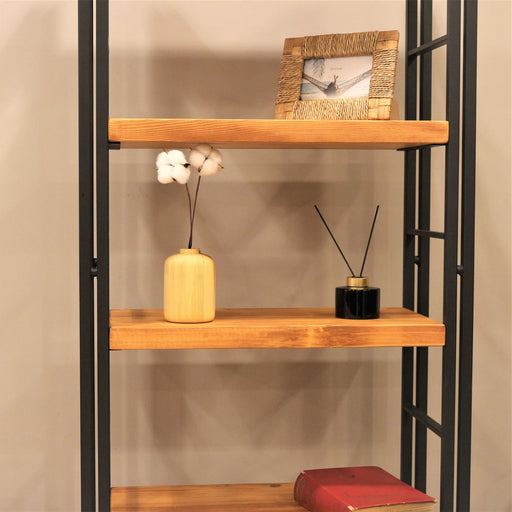
Sustainable Furniture Production: A Vision for the Future
In a world increasingly aware of the environmental impact of human activities, the concept of sustainability has seeped into virtually every industry - and furniture production is no exception. With deforestation, carbon footprint, and waste disposal issues in mind, sustainable furniture production has become more than a trend – it's a necessity.
Sustainable furniture production involves the careful selection of materials, energy-efficient manufacturing processes, and designing products that last a lifetime. Here's how this philosophy is shaping the furniture industry.
Sustainable Materials
Sustainable furniture starts with sustainable materials. This means choosing resources that are renewable, recyclable, or reclaimed. Wood from responsibly managed forests, for instance, is a popular choice. In these forests, for every tree cut down, another is planted, ensuring the preservation of the forest ecosystem.
Other materials include recycled metals and plastics, bamboo, cork, and even furniture made from reclaimed wood – salvaged from older buildings, boats, or barns. These practices help to reduce the industry's impact on the environment by minimizing waste and preserving resources.
Energy-Efficient Production
Sustainable furniture production also involves making manufacturing processes as energy-efficient as possible. This could include using renewable energy sources like solar or wind power, optimizing production lines to minimize energy usage, and using environmentally friendly, non-toxic finishes and adhesives.
Companies may also consider their logistics to reduce their carbon footprint further. This could mean sourcing materials locally to cut down on transport emissions or adopting efficient packaging methods that reduce waste.
Longevity and End-of-Life
A key component of sustainable furniture is durability. The longer a piece of furniture lasts, the less often it will need to be replaced, thereby reducing demand and waste. Furniture designers are now considering the entire lifecycle of a product, designing pieces that can be easily repaired, upgraded, or disassembled for recycling.
When a product reaches the end of its life, its impact on the environment should be minimal. This is where designing for disassembly becomes crucial. It allows each component of the furniture to be recycled or composted, ensuring that nothing goes to waste.
Certification and Consumer Awareness
Furniture certification schemes such as the Forest Stewardship Council (FSC) or GREENGUARD ensure consumers that products are sustainably sourced and produced. These certifications also encourage producers to adopt sustainable practices and provide an incentive for continual improvement.
Equally important is raising consumer awareness about the environmental impact of their purchasing decisions. The more demand there is for sustainable furniture, the more incentive manufacturers will have to produce it.
We are aware of the process we are carrying out for a sustainable world. We plant a tree for every product you buy. We do not use VOC substances in our products. We prefer recycled materials in our packaging for people and nature.
In conclusion, sustainable furniture production requires a holistic approach that considers the lifecycle of a product from raw material sourcing to end-of-life disposal. While it presents a set of challenges, it also offers an opportunity for innovation and growth in an industry that plays a significant role in our daily lives. With increased consumer awareness and demand, sustainable furniture production is not only a responsible choice but also a profitable one.
New Collection
Lewis Beech Wood Desk
DemonthaThis handcrafted beech wood table is designed to last. The strong, hardwood construction is built to withstand the wear and tear of daily use. The ...
View full detailsMadison Solid Pine Wood TV Stand
MozilyaIntroducing our Madison Solid Pine Wood TV Stand with Drawers and Shelves... Produced with the integrity of natural wood material warmth and metal ...
View full detailsSidney Round Coffee Table - Solid Walnut Wood - Mid Century Modern Design
MozilyaIntroducing the Sidney Solid Wood Mid-Century Modern Round Coffee Table — a masterpiece of craftsmanship with a distinct mid-century flair. Handcra...
View full detailsStanley Rustic Bookcase | Pine Wood And Metal Design
MozilyaStanley Rustic Bookcase | Pine Wood and Metal Design Style Meets Functionality for Every Space Enrich your home or office with the Stanley Rustic B...
View full detailsMinneapolis Pine Wood TV Stand with Shelves and Cabinets
Tomruque Wood StudiosEstimated Arrival: At your door in 4 WeeksTomruque Wood Studios introduces this rustic, beautifully designed and crafted TV stand for your home. Pr...
View full details


